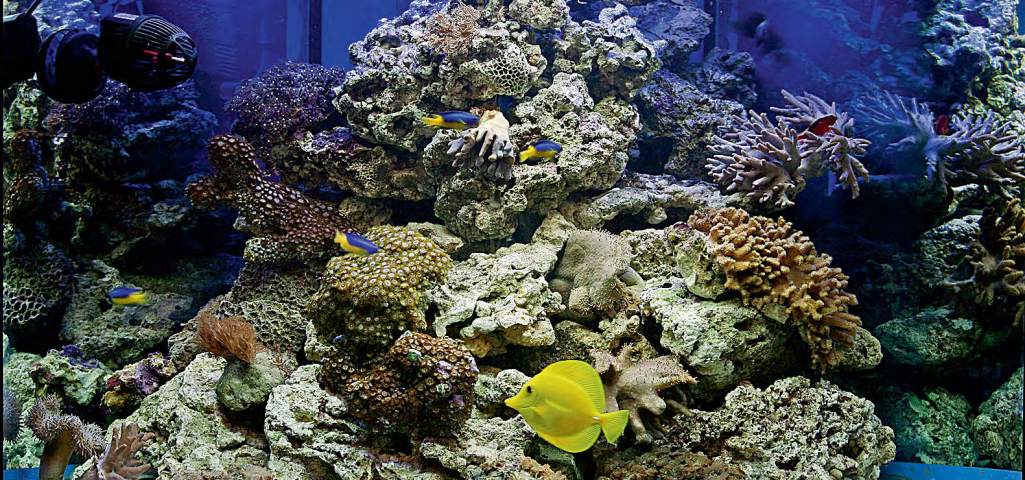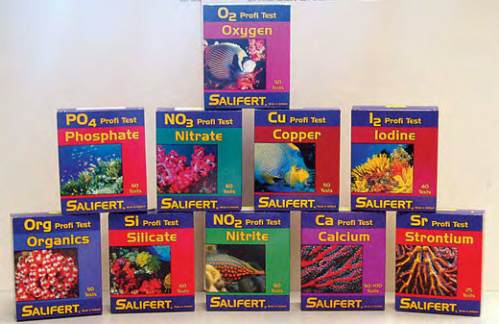Basic HTML Version





31
5
6
7
8
Fill the tank with salt water before adding the rock. This is to
prevent the rock from drying out when aquascaping. Expect the
water to go cloudy as it further agitates the sand.
We’re adding about 30 kg/66 lb of cured live rock to this tank.
Cured rock will aid maturation and bring with it desirable algae
and planktonic life. A base rock like Ocean rock can be used
underneath live rock to raise it up. After the rock has been
added, fill the tank to the top, plug all equipment in and wait
for the water to clear and water tests to prove negative.
The last of the electricals to be fitted is this powerful Korallia
pump. It’s been added to increase water flow and turnover in the
tank, washing waste away from corals and exercising fish. Aim
for a turnover of at least 10 times per hour.
When all the equipment has been fitted, the coral sand can be
added. We have rinsed the sand to remove most of the dust
and intend to add it to a layer of about 3cm/1” in depth.
9
The finished tank, but as marine tanks take longer to mature than freshwater tanks, it still has a long way to go
before it starts to look really good. Use a light stocking of fish initially and add just a few hardy corals. The great
thing about marine tanks is that even when you reach your maximum fish stocking, you can go on and on with
invertebrates. Marine tanks look better over time as the corals spread.

